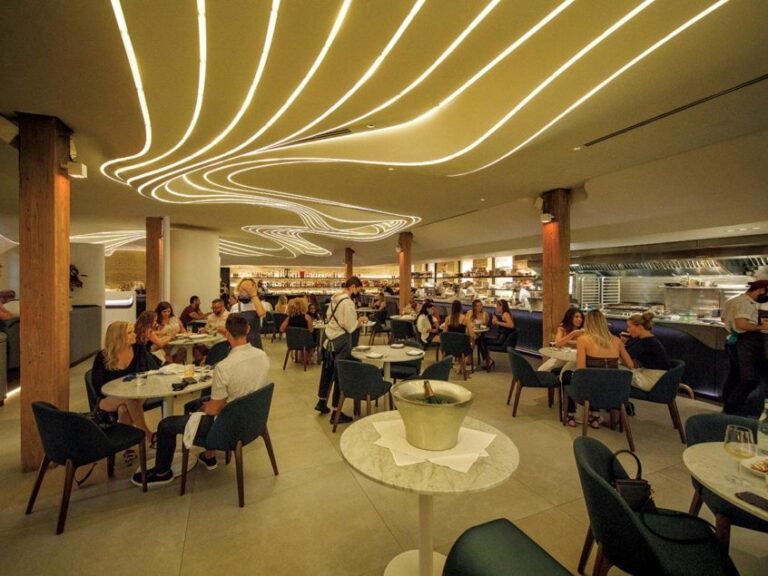What Occurs to a Mall After It Dies?
At a certain point in the 21st century, society started rolling its eyes at the traditional American shopping mall. We could no longer ignore the environmental and humanitarian consequences of our predilections for fast food and fast fashion, and the mall represented the consumerist culture we sought to blame.
And yet, as we near the third year of a pandemic that makes aimlessly wandering around indoors for hours seem unnecessary at best, or deadly at worst, I find myself longing for the quintessential shopping mall experience. Closing my eyes, I can almost hear the gurgling churn of a chlorinated penny pool and savor the salty sweet taste of a warm Auntie Anne’s pretzel… two things that Amazon Prime can never deliver.
But what I really long for is not just the nearest mall, but the mall I worked at in my youth, the Rimrock Mall in Billings, Montana. Maybe you can relate. How many of us spent our formative years fishing arcade money out of the atrium fountain, sucking down an Orange Julius while gossiping about first kisses and school crushes, or slathering on the iconic cucumber melon lotion from Bath and Body Works? For many suburban kids growing up in the ’80s, ’90s, and early ’00s, the shopping mall was just about the only place to be seen in public.
Nostalgia can be a deeply powerful emotion, especially during times of uncertainty or unease. We tend to reminisce about our youth, about ‘simpler times,’” during these moments of turbulence. (What I wouldn’t give to be bored in a Spencer’s Gifts in 2002 right about now.) But nostalgia for the mall isn’t only about romanticizing our adolescence–because mall culture isn’t just a thing of the past for you; it’s essentially a thing of the past all together.
In the 1960s an average of at least three new shopping centers opened every single day in America. By 1975, malls and shopping centers accounted for a third of all retail sales in the U.S. The ’80s were the golden age of shopping malls, offering movie theaters and arcades, hosting beauty pageants and performances. And the ’90s gave us the megamall, replete with aquariums, roller coasters, and zip lines. But by the mid-aughts, the mall space was oversaturated. Landlords had come to rely on retailers like JCPenney, Nordstrom, Macy’s, and Sears—known in the industry as anchor stores—to sign long-term leases for multi-level spaces that would attract a broad cross section of the shopping public.
With multiple malls per town, there simply weren’t enough of these anchor stores to go around, making it very difficult for older malls to compete with newer ones to fill vacancies and sign leases. (The financial collapse certainly didn’t help, either.) In 2007, not a single new mall was built in the entire United States for the first time since malls were invented in 1956. By 2008, Newsweek had declared the indoor mall obsolete.
This all being said, successful malls do, in fact, still exist. But alongside them are a slew that have closed and remain standing. Termed “dead malls,” these gargantuan buildings are too expensive to repair, or knock down. And so, they sit, decay, and wait. They wait for someone to come along and film them. Allow me to escort you down the YouTube rabbit hole that I’ve crawled inside to satisfy my self-diagnosis of “mall melancholia.” A handful of adventurous creators invite us to trespass with them to tour the world’s dead malls in various stages of decay.



